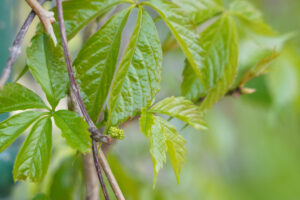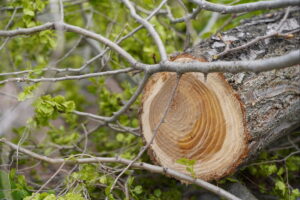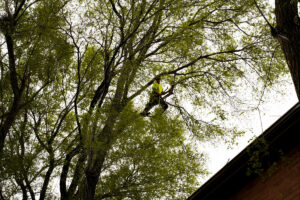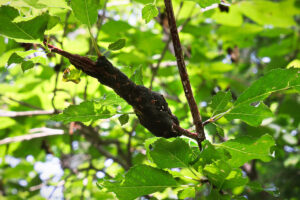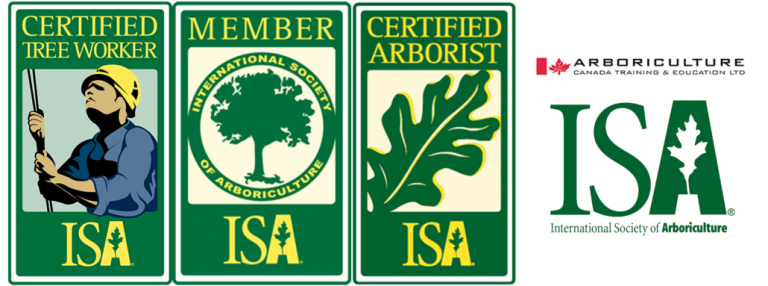Three Common DIY Tree Removal Mistakes
With a chainsaw, you can cut wood much faster than with an ax or hand saw. Unfortunately, some people believe that the raw power of a chainsaw alone is enough to handle any wood cutting job, including tree removals. But without tree cutting skill and know-how, that raw power risks property damage and injury.
Depending on their height, trunk diameter, and species, large trees can weigh more than 20,000 pounds (9,000 kilograms). Clearly, safe removal of a large tree involves more than cutting through the trunk until it falls. Here are three DIY tree removal mistakes to think about:
Not Using the Proper Equipment
In addition to chainsaws, large tree removal requires wood chippers, ropes, ladders, a hard hat, work boots, eye protection, work gloves, and ear protection. Sometimes, the job requires a crane. Removing a large tree without damaging property or getting hurt will require the right gear and equipment.
Incorrect Assessment of Falling Direction
This mistake can damage your car or house, or your neighbor\’s car or house. Such a mistake also endangers yourself as well as others nearby. Assessing the fall direction of a large tree isn\’t always easy. If the tree has a very pronounced lean or offset, its fall direction is obvious. However, if that direction is toward your house, a power line, or other structure, it won\’t matter how you make your cuts at the base, you won\’t likely change its fall direction. This situation will require professionals.
With some trees, assessing its center of gravity (and therefore its natural fall direction) is very difficult. Other complicating factors are wind and surrounding trees, which may deflect it from where you want it to fall.
A Weak Hinge
The hinge is the left-over wood in the cut area that holds the base of the falling tree to the stump during most of the tree\’s fall. This guides the tree\’s fall. A hinge that\’s weak because it\’s too thin or the wood is rotten, will allow the tree to fall in the wrong direction. Its width should be 10% of the trunk\’s diameter.
The above is by no means a comprehensive list of the pitfalls of DIY tree removal. Unless you have plenty of experience with this kind of work, it\’s far safer to leave the job to a professional. If you have a tree that needs removal, contact us for more information.
You can follow along on Facebook and Instagram, or you can contact us here if you have any questions.

